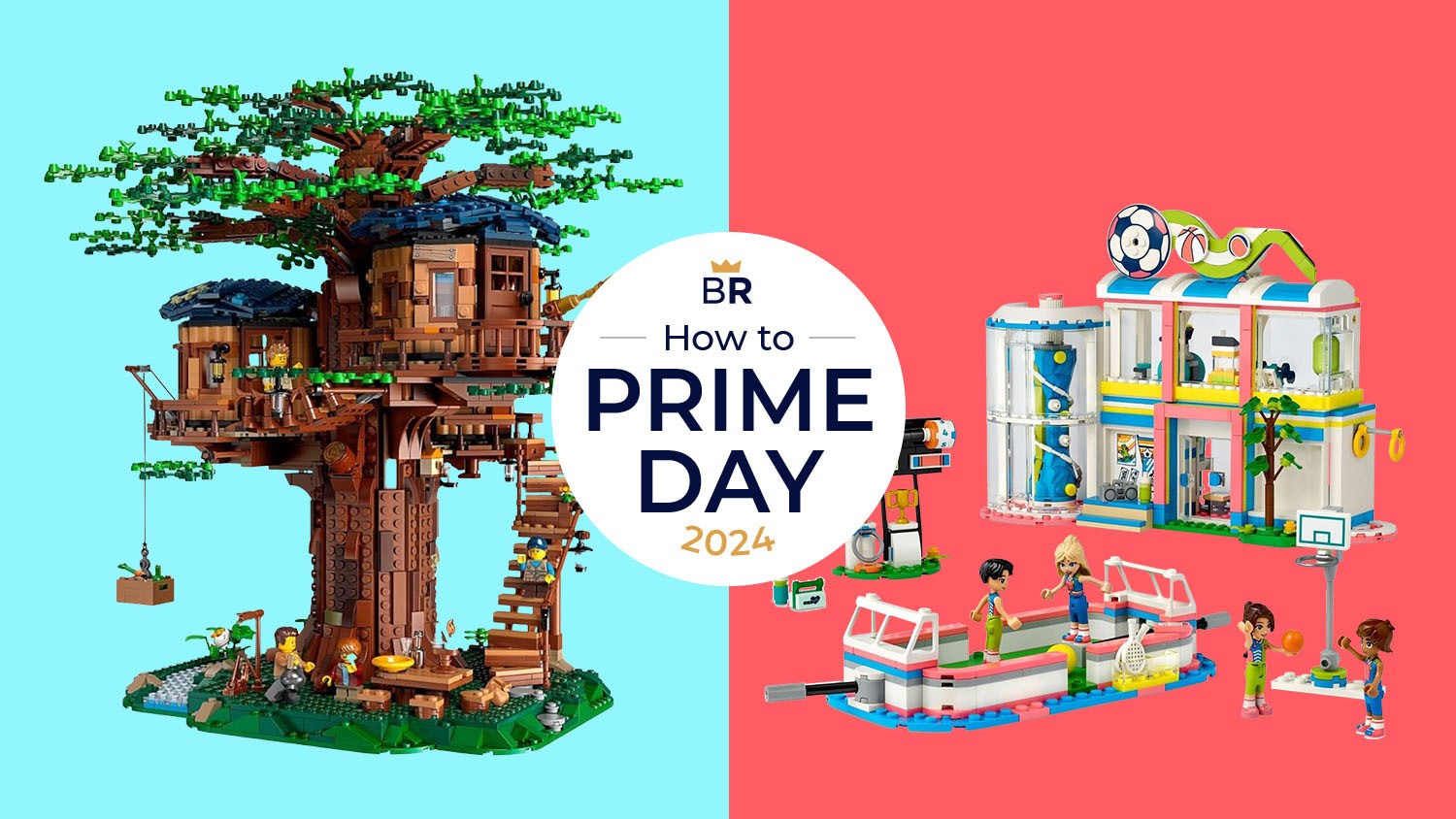Twenty-four hours after local news reports first shined the spotlight on the giant swastika carved in his front yard, Steven Johnson just doesn’t get the commotion. But what Johnson calls a “design” sure does look like the Nazi symbol — and it has set his East Bay neighbors on edge.
“That Nazi (stuff) happened like 80 years ago,” Johnson said Wednesday, sitting on his Harley Davidson motorcycle in front of his home in the out-of-the-way El Sobrante neighborhood where a narrow road separates houses tucked together on both sides. “Get over it, I guess.”
That’s not about to happen.
Aerial footage from local news stations on Tuesday captured the cement swastika, which measures about 10 feet by 10 feet and sits adjacent to the walkway of Johnson’s home, taking up half of the front yard of the modest one-story house. A day later, media and gawkers continued to show up on the street, and drone used by a photographer for a national news company hovered above the house, snapping images of Johnson’s yard.
The uproar over the swastika comes just as the world is commemorating the 75th anniversary of D-Day, when Allied Forces landed in Normandy, France on June 6, 1944, a battle considered one of the major turning points of World War II.
Speaking to a reporter and photographers after pulling up to his home Wednesday morning, Johnson was polite — and also showed zero remorse for his Nazi stone garden.
“I like swastikas,” he said. “I think they look cool. … I didn’t do it to get attention. I’m not a worshiper of Nazis. I just thought it’d be a cool thing to put in there.”
Calling the design a “Tibetan symbol,” Johnson said the swastika symbolizes “peace, tranquility and harmony.” But while the ancient symbol used in many eastern religions traditionally faced counter-clockwise, the symbol used by Nazi Germany — like the one in Johnson’s yard — turns to the right.
That swastika is widely recognized as a symbol of hatred, associated with the persecution and systematic murder of millions — including about 6 million Jewish people — under the Third Reich.
Johnson’s decision to build one has not inspired good feelings from neighbors, two of whom privately Wednesday expressed their disgust with his decision. And as images of the giant Nazi lawn art spread, others outside the community said they were deeply offended
“Personally, and professionally, I find it deeply deeply offensive,” said Nancy Appel, a spokesperson for the Anti-Defamation League. “The thing is huge, it’s in concrete and symmetrical. It appears that a lot of effort went into it.”
Anti-Semitic incidents — including the appearance of swastikas in plain view of the public — have been on the rise in California since 2016, according to data from ADL, which tracks bias incidents nationwide. The group recorded 341 anti-Semitic events statewide in 2018, up from 278 the year prior and more than any other state in the U.S.
“This is 2019 and it’s California,” Appel said. Addressing Johnson’s swastika, she added, “Despite the long heritage, I think we all know what that symbol has come to mean. It’s not just offensive to Jews, it’s offensive to African-Americans, it’s offensive to Asian Americans, Mexican-Americans. It’s offensive to pretty much everybody and has come come to be seen as a symbol of hate for everyone.”
To which Johnson’s response seems to be: Tough darts.
“I don’t feel bad about putting it in,” he said. “I feel bad about everybody making such a big deal about it.”
He also said he doesn’t plan to remove it.
“It’s what America stands for. It’s my property, my choice,” he said. “A few people don’t like and now I have to remove it? I enjoy it.”




















